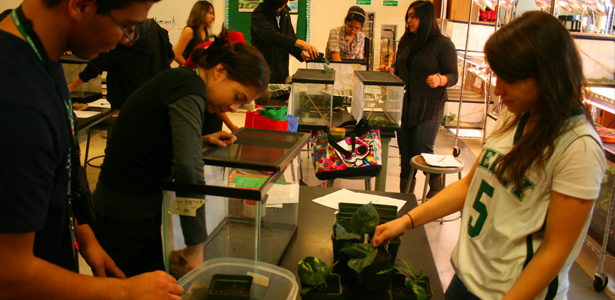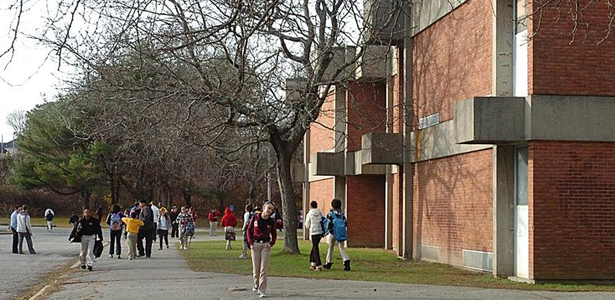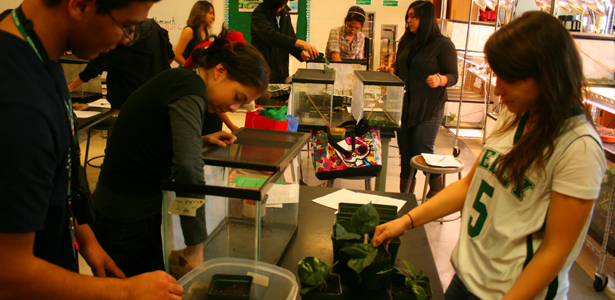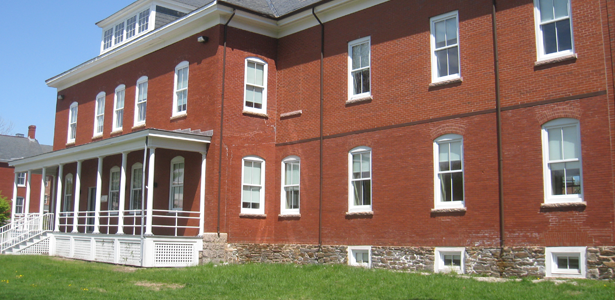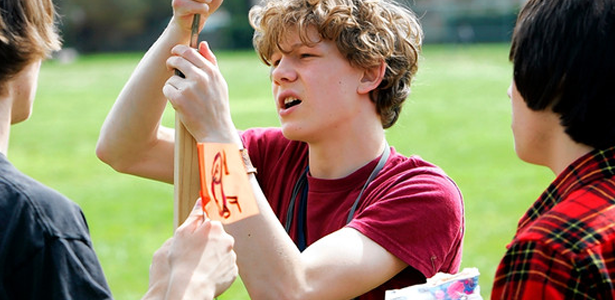Schools in Brunswick, Georgia will soon begin testing a set of 60 brand new iPads to see if the devices can be successfully utilized by students and teachers to further their educational goals. Though studies in the last decade have shown little or no benefit to having laptops in the classroom, schools are looking to tablet PCs to increase the learning potential of their students.
The most recent tests on laptops in the classroom were done 5 or more years ago. Brunswick schools are counting on massive increases in instructional technology since then, as well as the more controllable nature of tablet PCs. Students can use the school’s new iPads to replace graphing calculators, perform research without leaving the classroom, etc. Schools are looking at iPads to augment traditional forms of learning, not replace them.
The main goal now is to get tablet PCs into the hands of teachers now, so that they will be better prepared to innovate with the iPads in the future.
Read the full article here from The Brunswick News.




